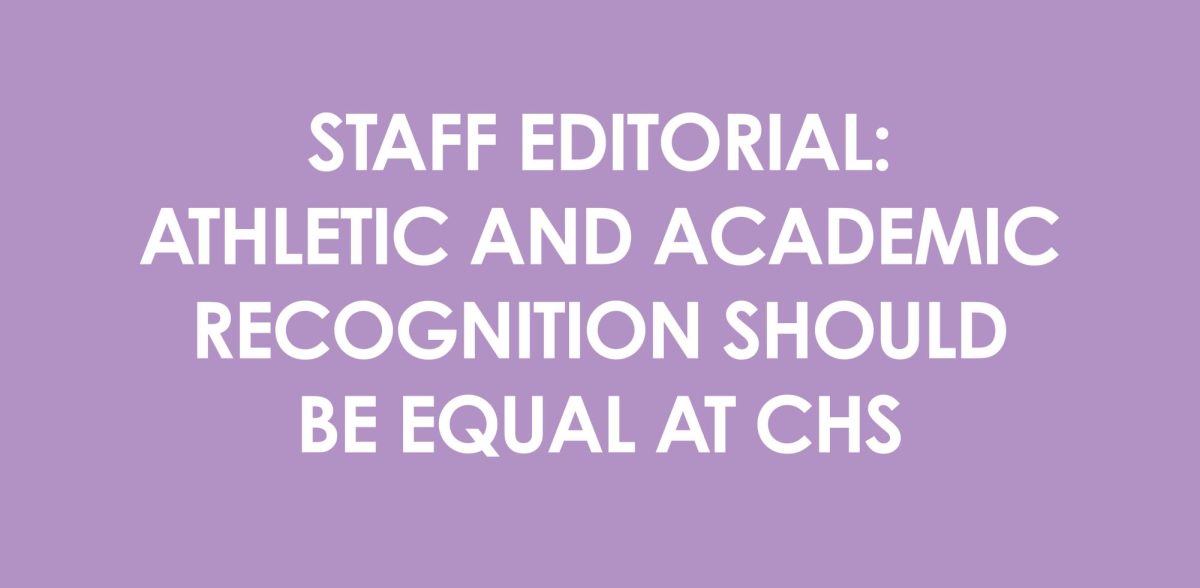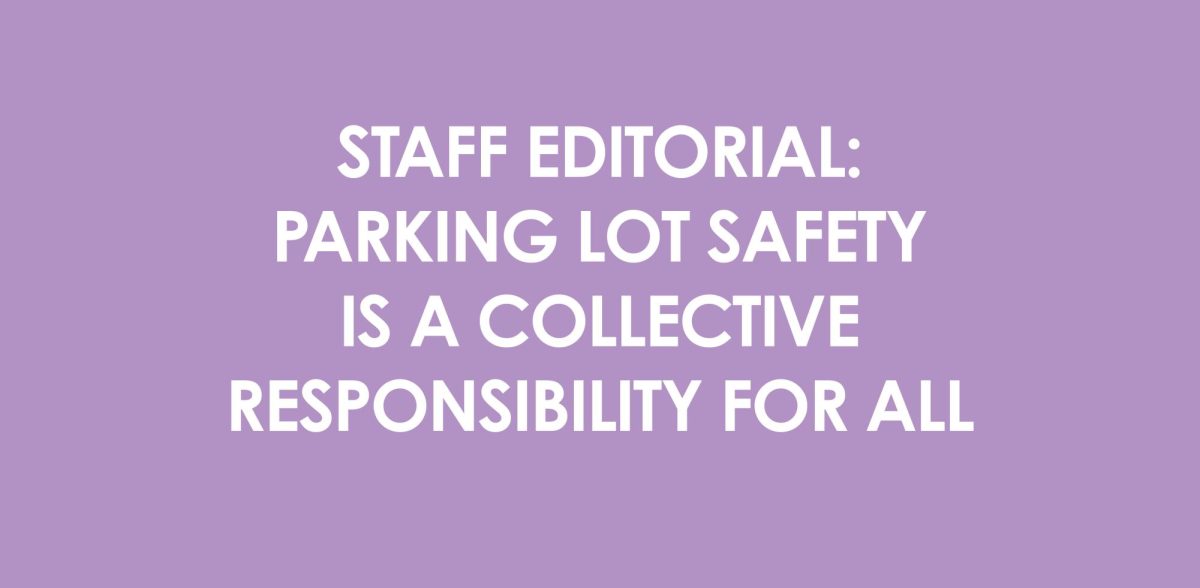“Congress enabling ‘Cheney war doctrine.’”
“Your brain can make decisions during sleep.”
“Americans think the criminal justice system is racist.”
Sensational headlines on websites have one purpose: to make money. You see the flashy title that piques your interest and click on it, taking you to the full article. Maybe you happen to check out an advertisement on that page, generating a few cents of ad revenue. Multiply this process by a couple hundred thousand people, and it becomes obvious how the big news corporations can still make so much even though print journalism is down. The cable network programming division at News Corp., which owns channels such as Fox News, earned $2.76 billion in income in 2011, according to a 2012 study by PBS.
In fact, the HiLite adviser Jim Streisel always tells us, “Don’t trust the media.” That end goal leads to bias, or at least not telling readers the whole, objective truth. Sometimes it’s in the form of a headline meant to draw you in rather than give an accurate summary of the story. Other times, bias appears in mass media when reporters, television anchors or radio personalities insert their own opinions into news pieces. Sometimes it looks like the complete and unashamed pushing of the reporter’s own agenda so that the supposedly impartial story seems more like an editorial. But that’s not always the case. Bias can also be sneaky by giving the story a subtle slant to the political right or left. These biased stories still run because audiences tend to eat them up in a phenomenon known as selective perception—paying more attention to things you already agree with. Someone who identifies as conservative, for example, might be more likely to read online newspapers or follow blogs with a conservative take on news. By catering their articles or broadcasts to one particular audience (narrowcasting), mass media corporations have a better chance of appealing to that audience, thus driving more traffic from loyal users to their sites or channels and getting even more ad revenue.
The HiLite and other school publications don’t make money off their readers, and they could be published even without ad revenue, so it’s impossible for them to try to change their coverage in an effort to appeal to certain students and get rich. The goal for our staff is to be as unbiased as possible, informing readers of all sides of a story. However, there’s still an inherent subjective quality in all forms of media. For example, 34 percent of national journalists identify as liberal, compared to just 19 percent of the public, according to a 2007 study by the Pew Research Center. This creates a liberal bias in several major media outlets. Besides that, even the process of creating and designing a newspaper is necessarily subjective. What story goes on Page 1? What about Page 16? Which story gets more photos and graphics, and which one gets just a blurb of text? Making one headline physically larger than another suggests to readers that the stories have an order of importance. There is no possible way to be completely and totally objective. Although publications, especially school publications, make their best efforts to do so, the act of placing content on a page is already biased.
Big news organizations, on the other hand, likely aren’t going to change their ways, and even if they tried, bias would still exist as an intrinsic part of journalism. Instead, students should be more cognizant of the media they choose to consume. A 2014 survey by the Pew Research Center found that 30 percent of U.S. adults use Facebook to get news. A video or article posted on a social networking site might be intriguing, but before hitting “share” or “retweet,” it’s important to do some fact-checking first. Does the organization that published the piece have a reputation for running highly biased articles? Are all facts sourced? Does the reporter seem to be pushing his or her viewpoint on a piece that isn’t an editorial? The HiLite has another saying: News shouldn’t tell you what to think, but what to think about. With some healthy skepticism for mass media, students can become better informed and form their own opinions about issues happening in the world.



















![Joseph Broman, Mu Alpha Theta sponsor, grades tests for his honors precalculus/trigonometry class. Broman said, “I’m retiring from the Math Club next year and I’m just going to do Mu Alpha Theta so I can focus on that one and we can do more [speaker series] first semester.”](https://hilite.org/wp-content/uploads/2024/03/IMG_9502-1200x900.jpg)











![British royalty are American celebrities [opinion]](https://hilite.org/wp-content/uploads/2024/03/Screenshot-2024-03-24-1.44.57-PM.png)




















![Review: “The Iron Claw” cannot get enough praise [MUSE]](https://hilite.org/wp-content/uploads/2024/04/unnamed.png)
![Review: “The Bear” sets an unbelievably high bar for future comedy shows [MUSE]](https://hilite.org/wp-content/uploads/2024/03/unnamed.png)
![Review: “Mysterious Lotus Casebook” is an amazing historical Chinese drama [MUSE]](https://hilite.org/wp-content/uploads/2024/03/0.webp)
![Thea Bendaly on her Instagram-run crochet shop [Biz Buzz]](https://hilite.org/wp-content/uploads/2024/03/IMG_0165-1200x838.jpg)
![Review: Sally Rooney’s “Normal People,” is the best book to read when you are in a time of change [MUSE]](https://hilite.org/wp-content/uploads/2024/03/20047217-low_res-normal-people.webp)
![Review in Print: Maripaz Villar brings a delightfully unique style to the world of WEBTOON [MUSE]](https://hilite.org/wp-content/uploads/2023/12/maripazcover-1200x960.jpg)
![Review: “The Sword of Kaigen” is a masterpiece [MUSE]](https://hilite.org/wp-content/uploads/2023/11/Screenshot-2023-11-26-201051.png)
![Review: Gateron Oil Kings, great linear switches, okay price [MUSE]](https://hilite.org/wp-content/uploads/2023/11/Screenshot-2023-11-26-200553.png)
![Review: “A Haunting in Venice” is a significant improvement from other Agatha Christie adaptations [MUSE]](https://hilite.org/wp-content/uploads/2023/11/e7ee2938a6d422669771bce6d8088521.jpg)
![Review: A Thanksgiving story from elementary school, still just as interesting [MUSE]](https://hilite.org/wp-content/uploads/2023/11/Screenshot-2023-11-26-195514-987x1200.png)
![Review: When I Fly Towards You, cute, uplifting youth drama [MUSE]](https://hilite.org/wp-content/uploads/2023/09/When-I-Fly-Towards-You-Chinese-drama.png)
![Postcards from Muse: Hawaii Travel Diary [MUSE]](https://hilite.org/wp-content/uploads/2023/09/My-project-1-1200x1200.jpg)
![Review: Ladybug & Cat Noir: The Movie, departure from original show [MUSE]](https://hilite.org/wp-content/uploads/2023/09/Ladybug__Cat_Noir_-_The_Movie_poster.jpg)
![Review in Print: Hidden Love is the cute, uplifting drama everyone needs [MUSE]](https://hilite.org/wp-content/uploads/2023/09/hiddenlovecover-e1693597208225-1030x1200.png)
![Review in Print: Heartstopper is the heartwarming queer romance we all need [MUSE]](https://hilite.org/wp-content/uploads/2023/08/museheartstoppercover-1200x654.png)























![Review: Ladybug & Cat Noir: The Movie, departure from original show [MUSE]](https://hilite.org/wp-content/uploads/2023/09/Ladybug__Cat_Noir_-_The_Movie_poster-221x300.jpg)

![Review: Next in Fashion season two survives changes, becomes a valuable pop culture artifact [MUSE]](https://hilite.org/wp-content/uploads/2023/03/Screen-Shot-2023-03-09-at-11.05.05-AM-300x214.png)
![Review: Is The Stormlight Archive worth it? [MUSE]](https://hilite.org/wp-content/uploads/2023/10/unnamed-1-184x300.png)





